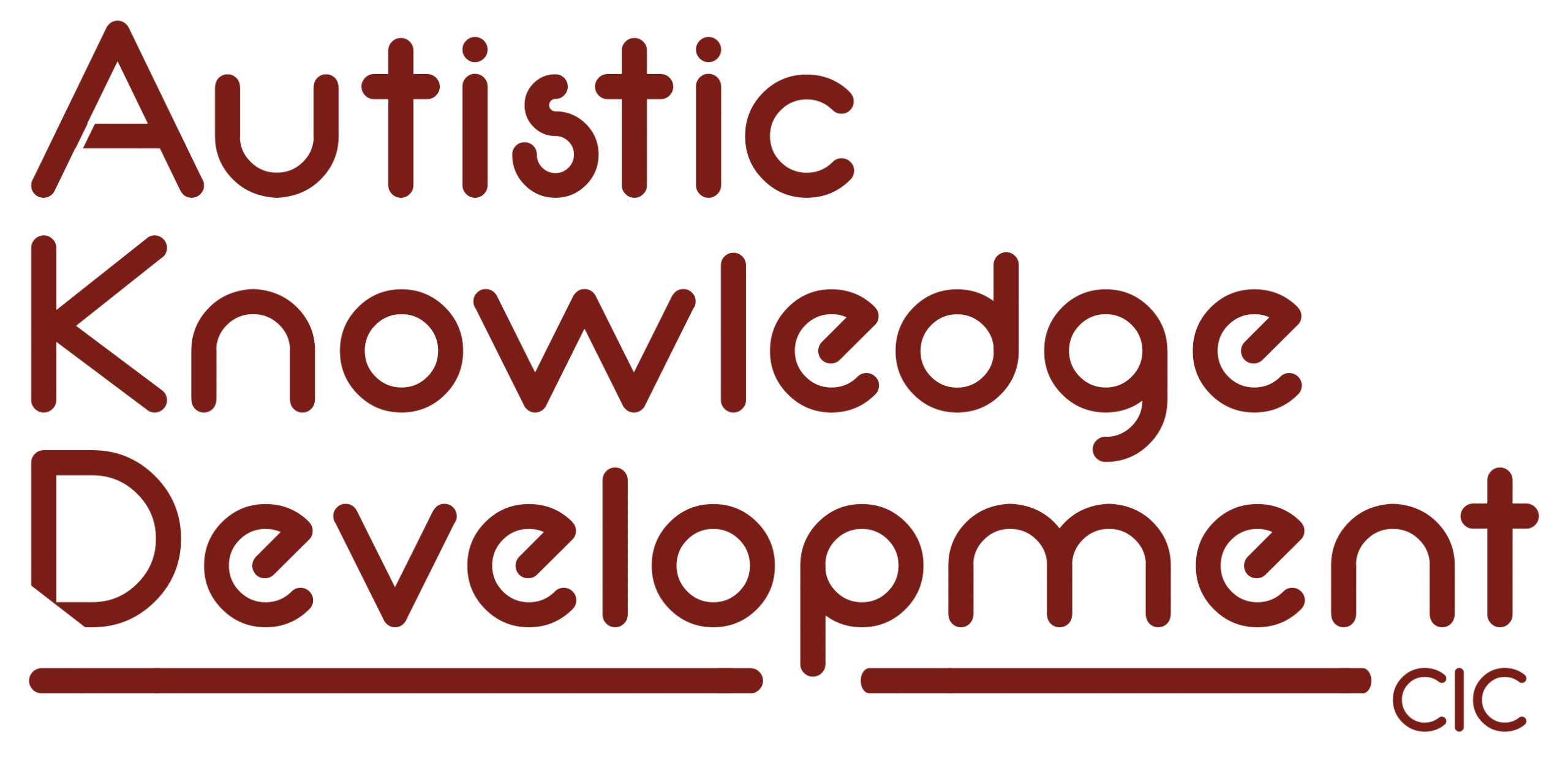What Is Autism?
A Guide for Autistic Adults
Part of the Embrace Autism Resource Series
Summary
This autistic-designed guide explores the question “What is autism?” by combining lived experience with professional insight. This is part of the Embrace Autism Programme, designed for autistic adults in Scotland – whether you are newly diagnosed or self-identified.
This guide includes an exploration of what it means to be autistic and different ways of defining autism.
Guide Menu
1. Introduction
Welcome to the Embrace Autism resource series. This guide is based on the first film in our six-part video series, created by Autistic Knowledge Development.
Whether you are here to understand yourself, find language that fits, or hear from others with lived experience, you are in the right place.
2. Why There is No Single Definition of Autism
If you have met one autistic person, you have met one autistic person.
What is autism? This is an impossible question to answer. Autism looks and feels different for each autistic individual. There is no single definition of autism.
While there may be shared experiences, the way you understand your own autistic identity might be very personal to you – and that is okay. You may relate to some autistic experiences, and not others – and your understanding and views may grow or change over time. That is part of the journey.
While medical definitions of autism offer some insight, they do not reflect every autistic person’s experience. Autistic people are incredibly diverse, and no two experiences are the same.
What being autistic means is something you define for yourself.
3. Understanding Autism Medical Descriptions
If you have received a formal autism diagnosis in the UK, it was likely based on the ICD-11 (International Classification of Diseases, 11th Edition). This is the main diagnostic manual used by healthcare professionals to assess and diagnose autism.
The ICD-11 describes autism using medical and deficit-based language, which many autistic people reject. The criteria includes:
-
Persistent difficulties in social interaction and communication – such as challenges in understanding social rules, sharing emotions, or holding conversations in expected ways.
-
Restricted, repetitive patterns of behaviour, activities, or interests – such as following routines closely, having a strong focus on specific interests, or engaging in repetitive movements or speech
This kind of language focuses heavily on what professionals consider to be difficulties, rather than strengths or differences. It is known as the medical model of autism, which treats autism as something that needs to be diagnosed, treated, or fixed.
A lot of autistic people do not like it or do not identify with this language. It can feel cold, clinical, or even harmful.
A Neuro-Affirming Approach
The Embrace Autism Programme takes a neuro-affirming approach. That means we understand autism as a natural and valid way of being – not a list of problems or deficits.
We believe:
-
Autism is a difference, not a disorder. Some people describe autism as a disability, while others do not.
-
You are not broken.
-
Your communication style, ways of thinking, and sensory experiences are valid and real.
-
Support is important – but it should help you thrive as you are, not try to change who you are.
You may come across medical terms when reading reports, speaking to professionals, or researching autism. It is okay to understand what those terms mean, while also knowing they may not describe you or your experience. You can decide how you want to talk about your autism. No one else gets to define that for you.
4. Different Ways of Describing Autism
Different organisations and different groups of people describe autism in different ways.
Organisation |
Definition |
| Scottish Government | Neurological difference (Different Minds campaign) |
| National Autistic Society | Lifelong developmental disability affecting communication and interaction |
| ICD-11 (UK diagnostic manual) | Neurodevelopmental disorder |
Words like ‘difference’, ‘disorder’, and ‘disability’ reflect different perspectives. It is okay to take your time deciding what feels right for you – or to change your mind over time.
5. Lived Experiences of Being Autistic
Autistic people often describe their experiences in ways that go far beyond clinical language.
6. Self-Identification is Valid
You might be reading this and wondering, “Do I belong here if I have not been formally diagnosed?” Yes, you do.
There are many reasons why someone might not have a formal diagnosis, including cost, access, bias, and negative past experiences.
At Autistic Knowledge Development, we believe self-identification is just as valid as formal diagnosis.
You are welcome in the Embrace Autism Programme whether you are formally diagnosed or self-identified as autistic.
7. Autistic Reflection Prompts
Take a moment to consider:
- How do you describe your experience of being autistic?
- What definitions or language feel right to you – and which do not?
- Has hearing other autistic people share their stories changed how you see yourself?
You might want to write down your thoughts, or share them with others in our Embrace Autism peer support programme.
8. Watch the Embrace Autism Video: What is Autism?
Final Thoughts
Understanding autism starts with listening to yourself. There is no single way to be autistic – and no one right way to describe it.
If you feel that the autistic identity helps explain your experience, you are welcome here. We hope this guide helps you feel seen, supported, and understood.
Get In Touch
Fill out the form to reach out, ask a question, or let us know you are interested in joining the Embrace Autism Programme.
We are here for autistic adults in Scotland seeking support, community, and understanding.







